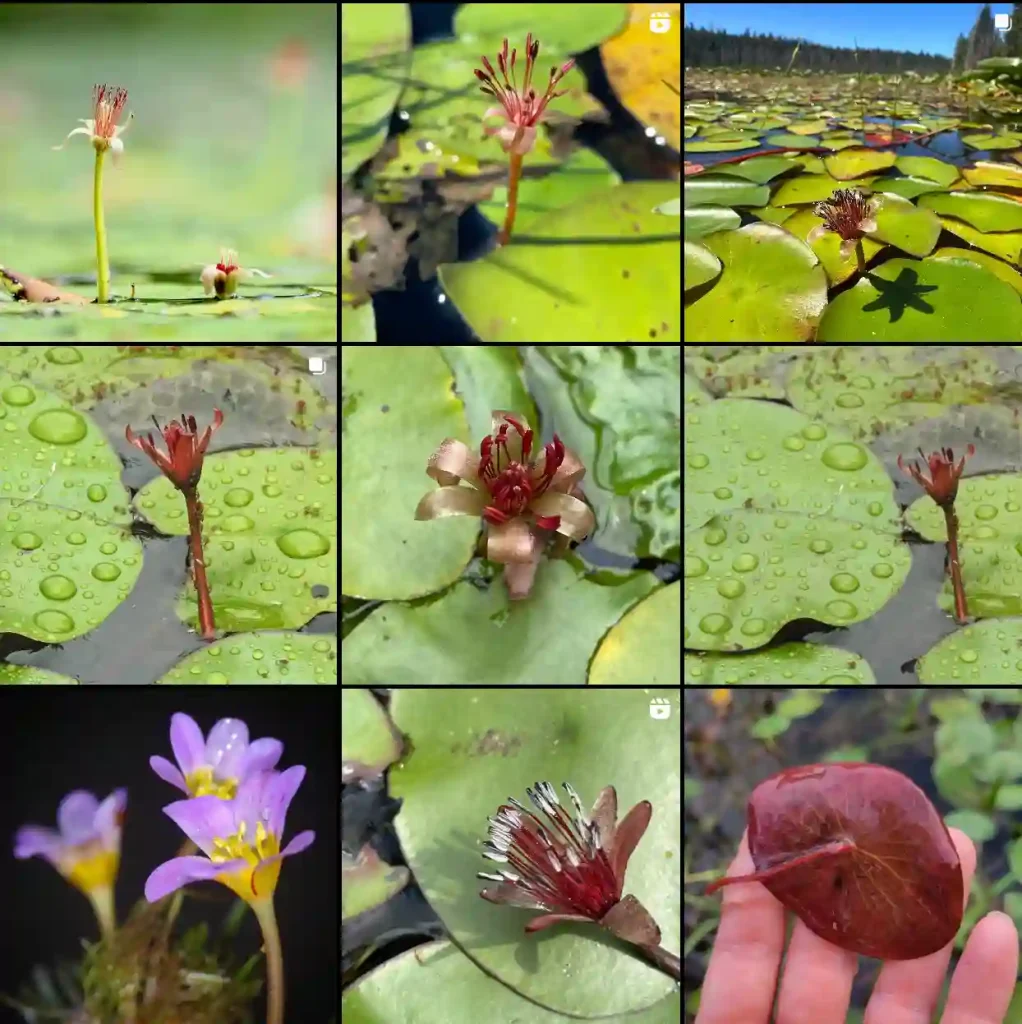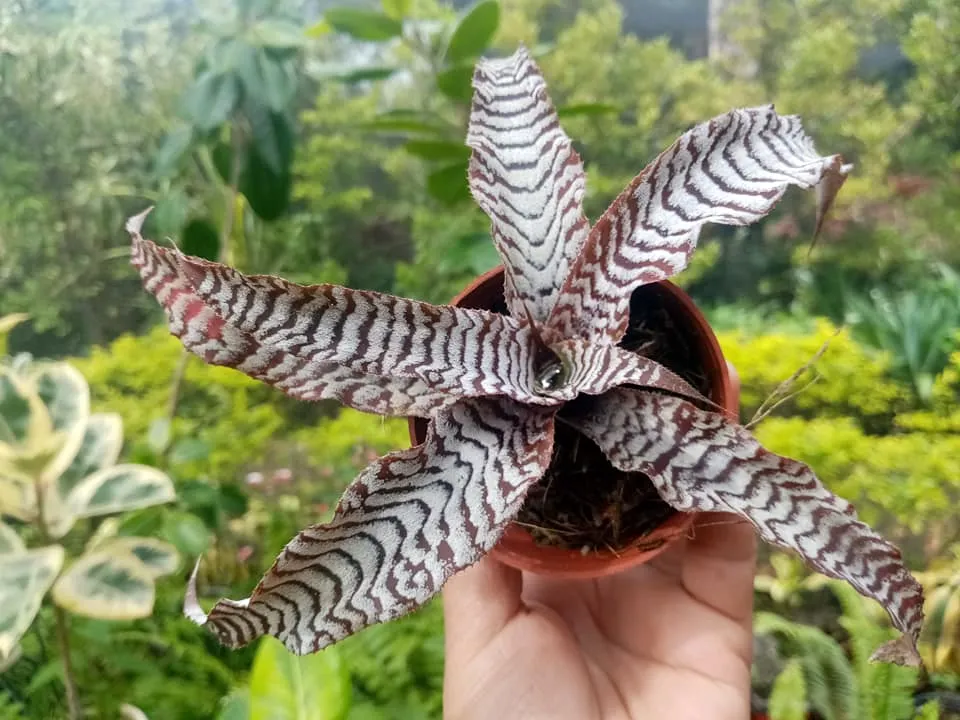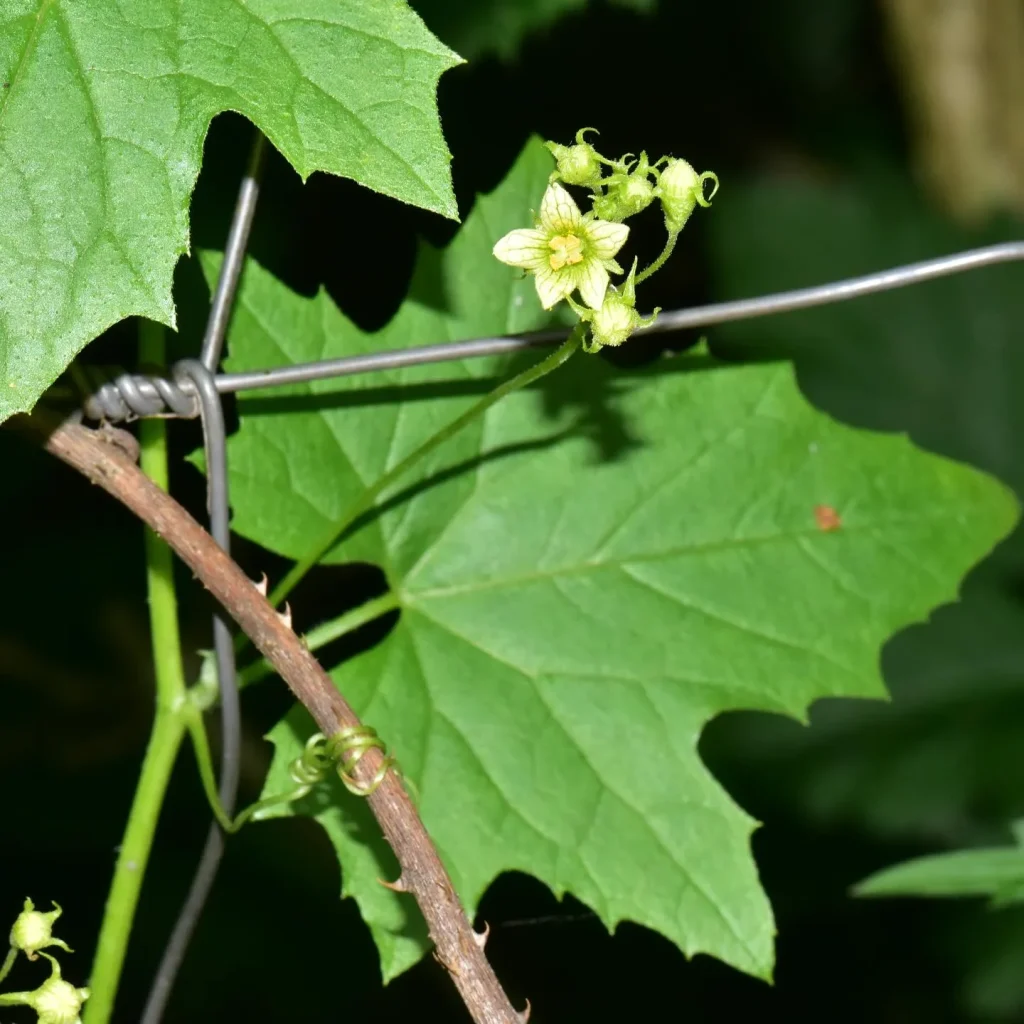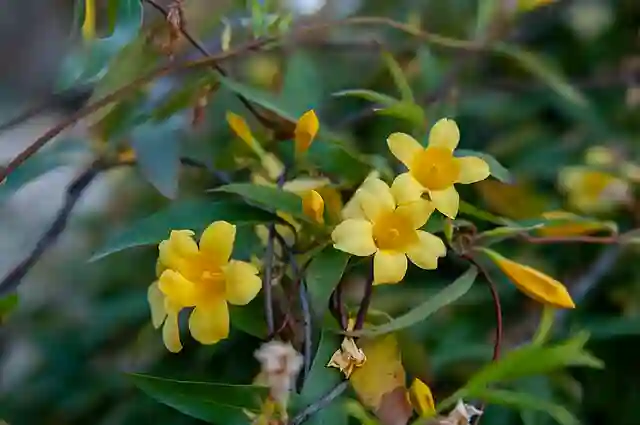What is Cupressus Abramsiana?
Cupressus Abramsiana synonym of Hesperocyparis Abramsiana, commonly known as the Abrams Cypress, is a striking evergreen conifer native to the southwestern United States. This species is part of the Cupressaceae family and is particularly valued for its graceful, columnar growth habit and rich, aromatic foliage. It thrives in the wild landscapes of California and Baja California, adding a touch of elegance to both natural and landscaped settings. The Abrams Cypress is distinguished by its dense, upright form, which can reach heights of up to 50 feet with a width of about 10 to 15 feet.
16 Species in Genus Cupressus
How to Care for Cupressus Abramsiana?
Caring for Cupressus Abramsiana is relatively straightforward, but there are a few key aspects to keep in mind to ensure your tree thrives:
- Sunlight: Abrams Cypress prefers full sun, which means it needs at least 6 hours of direct sunlight per day. This exposure helps the tree maintain its vibrant color and dense foliage.
- Soil: The tree is adaptable to various soil types but performs best in well-drained soils. It can tolerate both sandy and clay soils, as long as there is good drainage to prevent root rot.
- Watering: During the establishment period, it’s essential to keep the soil consistently moist. Once established, the Abrams Cypress is relatively drought-tolerant and requires minimal watering. However, in extremely dry conditions, occasional deep watering can be beneficial.
- Pruning: Pruning is generally not necessary for this tree, but light trimming can help maintain its shape and remove any dead or damaged branches.
- Fertilizing: Fertilization is usually not required, but if your soil is poor, a balanced, slow-release fertilizer applied in the spring can promote healthy growth.
How to Propagate Cupressus Abramsiana?
Propagating Cupressus Abramsiana can be achieved through several methods:
- Seed Propagation: Collect seeds from mature cones. Sow them in a well-draining seed mix, and keep them in a warm, sunny location. Germination can be slow, so patience is key.
- Cuttings: Take semi-hardwood cuttings from healthy, mature trees in late summer or early fall. Dip the cuttings in rooting hormone and plant them in a pot with a well-draining mix. Keep the cuttings in a humid environment until they develop roots.
What to Plant with Cupressus Abramsiana?
Pairing Abrams Cypress with complementary plants can enhance its visual appeal and overall garden design:
- Low-Growing Ground Covers: Plants like creeping thyme or sedum provide a nice contrast to the upright form of the Abrams Cypress.
- Colorful Perennials: Lavender or salvia can add vibrant color and attract pollinators, creating a beautiful contrast with the cypress’s green foliage.
- Grasses: Ornamental grasses like blue fescue or feather reed grass can offer texture and movement, complementing the cypress’s vertical growth.
Benefits of Cupressus Abramsiana
- Evergreen Appeal: As an evergreen, the Abrams Cypress provides year-round greenery, making it a valuable addition to any landscape.
- Low Maintenance: Once established, it requires minimal care, making it a great choice for busy gardeners.
- Aromatic Foliage: The tree’s foliage has a pleasant aroma, adding an extra sensory dimension to your garden.
- Wildlife Friendly: The dense foliage provides habitat for birds and other wildlife, promoting biodiversity in your garden.
Toxicity of Cupressus Abramsiana
Cupressus Abramsiana is not known to be toxic to humans or animals. However, as with many plants, it’s always a good practice to prevent pets and children from consuming large quantities of any plant material.
Common Problems with Cupressus Abramsiana
- Pests: While generally pest-resistant, Abrams Cypress can occasionally suffer from issues with scale insects or spider mites. Regular inspection and appropriate pest control measures can help manage these problems.
- Disease: Root rot can occur if the tree is planted in poorly-drained soil. Ensuring proper drainage and avoiding overwatering can prevent this issue.
- Environmental Stress: Sudden changes in environment or severe drought conditions can cause stress, leading to browning of the foliage. Providing adequate water and shielding the tree from extreme conditions can mitigate this risk.
Compare with Other Similar Plants
- Cupressus Macrocarpa (Monterey Cypress): While both Cupressus Abramsiana and Cupressus Macrocarpa have similar columnar forms, the Monterey Cypress tends to be more spreading and has a more coastal habitat preference compared to the inland preference of Abrams Cypress.
- Juniperus Virginiana (Eastern Red Cedar): This tree is often mistaken for Cupressus Abramsiana due to its similar conical shape and evergreen nature. However, the Eastern Red Cedar has a more rugged appearance and different foliage texture compared to the softer, more delicate needles of the Abrams Cypress.
- Chamaecyparis Lawsoiniana (Lawson Cypress): Although also a cypress, Lawson Cypress differs in its broader, more spreading growth habit and a more varied color palette of its foliage compared to the uniform green of Cupressus Abramsiana.
Cupressus Abramsiana is a versatile and attractive tree that can add beauty and structure to a variety of landscapes. With its easy care requirements and distinctive form, it’s a great choice for both residential and commercial settings.
If i die, water my plants!



